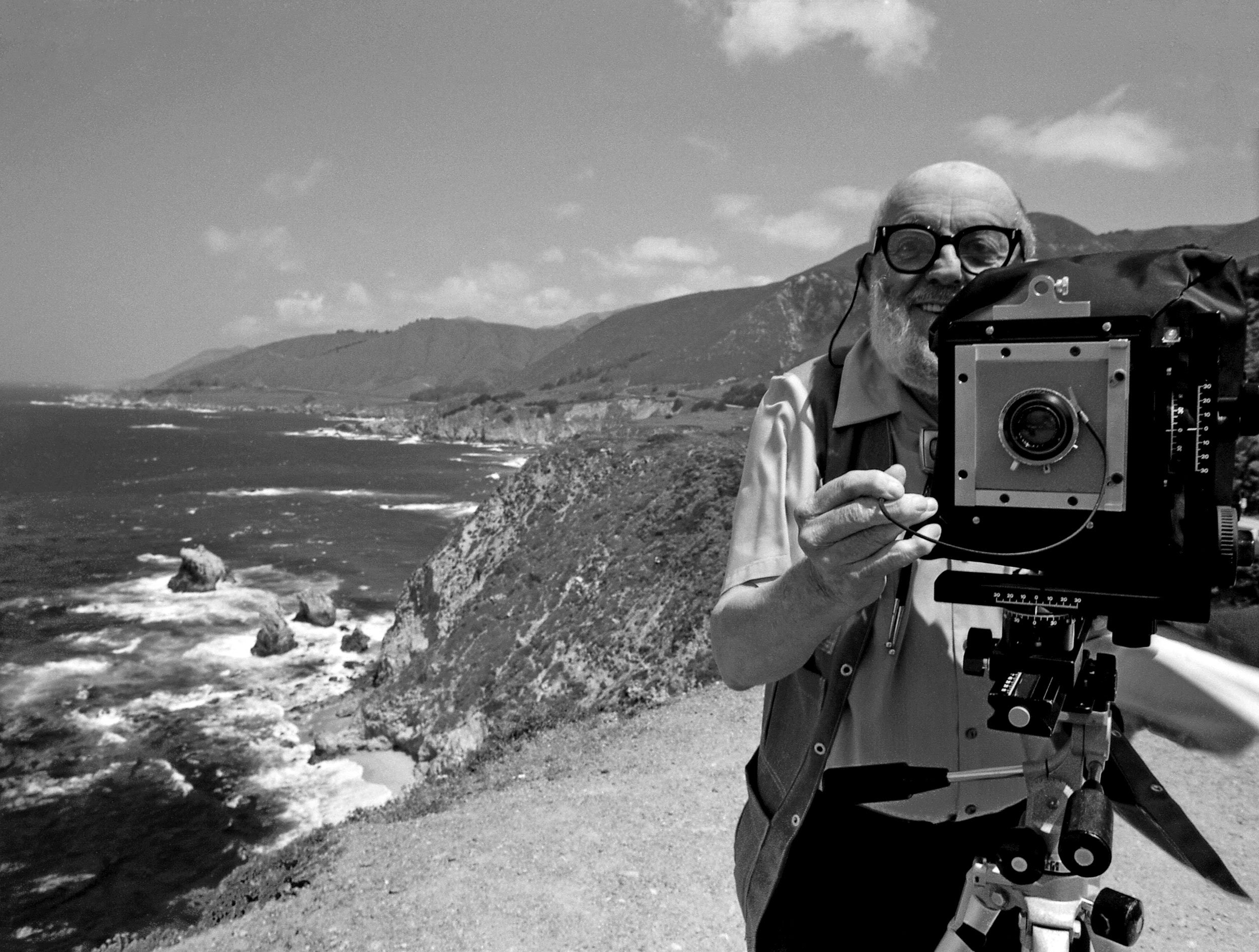
A Missouri woman looking to expand her collection of historic photographs of Native Americans believes she has made an Ansel Adams discovery, of a cache of lost prints shot for the Santa Fe Railway.
Kelly Robinson purchased the black and white photographs from the granddaughter of a Santa Fe Railway advertising department employee who worked there in the 1940s.
She was initially interested in the photo documentation of Indigenous peoples, but the beauty of some of the black and white images immediately called to mind the work of Adams, the renowned landscape photographer of the American West. The prints were unsigned, so Robinson began researching the artist’s work and records of his travels across the U.S. to see if any of her photographs were a match.
“I went to Carlsbad Caverns. I said, ‘Hey, do these do you think are Ansel Adams?’ And they said, ‘They are Ansel Adams, because we have a few of these here in our collection,’” she told New Mexico news station KOB4.
Robinson also connected with the Ansel Adams Gallery in Yosemite, California, which is run by the artist’s grandson, Matthew Adams. She said he confirmed that the images were some of Adams’s commercial work, shot for the Santa Fe Railway in the 1930s and ’40s.
“I was absolutely stunned when I found out that there was over 50 Ansel Adams photos” in her new collection, Robinson said.
The gallery had not responded to our inquiries as of press time, but told Peta Pixel that it was “not willing to make a statement” about the attribution without more research.
Robinson is enjoying her new trove of historic photographs, which she has had appraised for between $1,000 and $4,000 each. (A signed Adams print, of course, could be worth far more—according to the Artnet Price Database, the artist’s auction record is $988,000, set at Sotheby’s New York in 2020.)
“I believe an organization like a Union Station somewhere in America could purchase these and have them as an end-to-end view of what was going on with the Santa Fe railway intertwined with the government, and as produced by the photographers and the artists of the day telling that story,” Robinson told New Mexico news station KRQE. “Ideally, it would stay together, and it would go into an exhibit.”